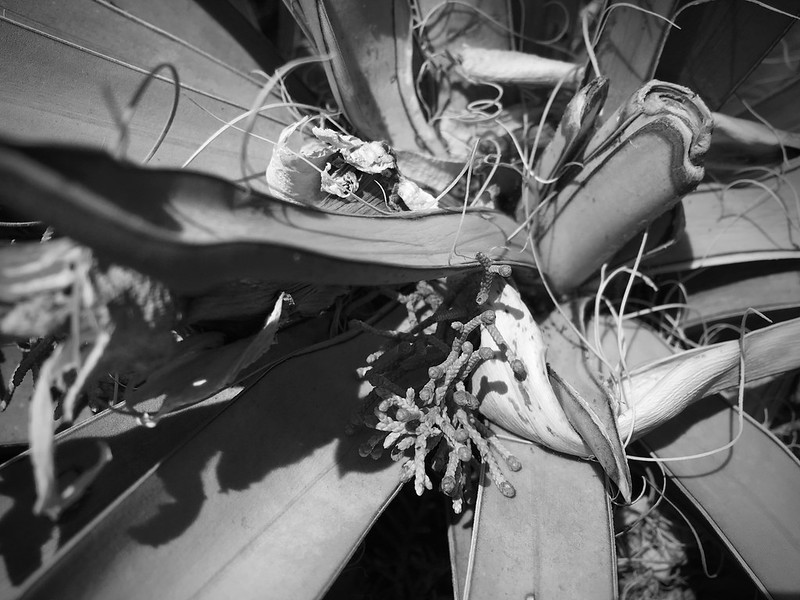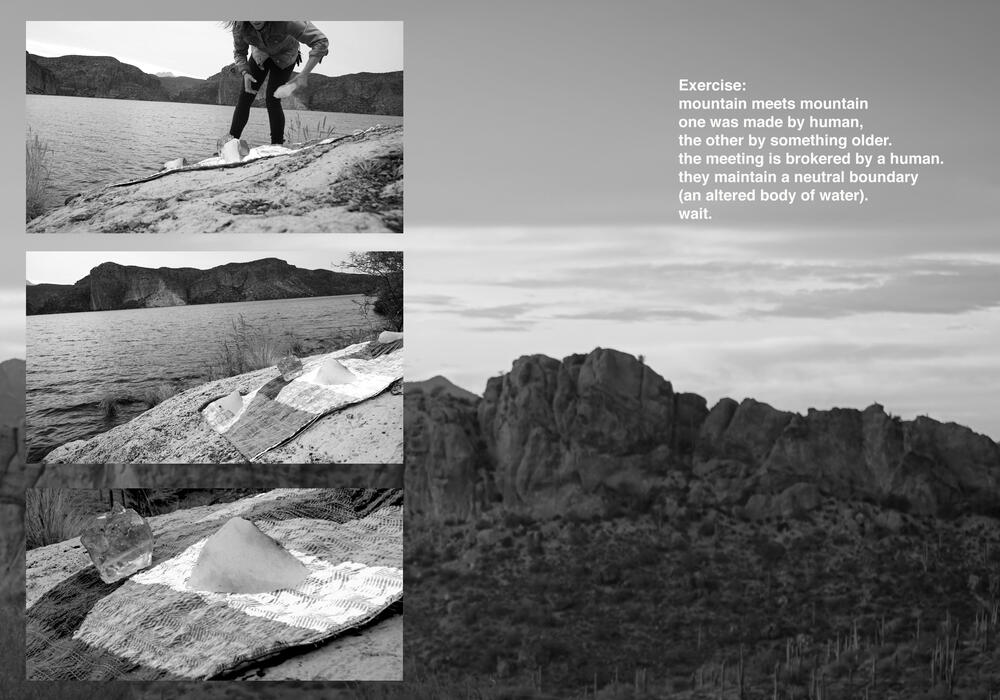Nature's Sublime
Excerpts from "Nature's Sublime: An Essay in Aesthetic Naturalism" by Robert S. Corrington
Ordinal phenomenology is not just a method of description of any and all relevant phenomena; it is also an ongoing spiritual discipline that helps the practicing phenomenologist become more authentic in her or his existence, and more attuned to the semiotic codes that permeate living systems, both conscious and unconscious.
[…]
What healing potential does the experience of the sublime have? Can the self relearn to live once it has experienced the abyss between its horizon(s) and the world that horizons serve to render intelligible? Is the self after this experience “twice-born” in William James’ sense, that is, more deeply attuned to the rhythms of the real? The answer should be clear. The self that has been shriven by an encounter with the sublime has seen the awesome power of what a humanly occupied horizon can do to render world and nature intelligible and livable, both personally and communally. Further, the self now recognizes that some key aspects of its own horizon are arbitrary thus making it sensitive to the differing prospects in other horizons and other horizonal choices, that is, it acknowledges the centrality of a healthy pluralism between and among horizonal variables. The pluralistic self understands the depth-mystery and power of the world and nature that cannot be captured by any human horizon nor by all of them in consort. Finally, the self comes to an awareness of the potencies of nature naturing as the ultimate origin of the sublime. The experience of the sublime does all of the things that religious experience has attempted to do but without the concomitant tribalism and fierce identity politics.
[…]
Both the artist and the saint are fully aware of the duality of their lives, that they live in a public world that cannot, in principle, understand the other and deeper world that claims their true allegiance. They are split and know it. Part of the force of their lives is that they must struggle heroically to heal this split through the means available to their psychological type. For the artist it is, of course, through art works that are publically available for appraisal and assimilation. For the saint, on the other hand, it is through a kind of higher action that is actually a non-action, a kind of Gelassenheit, or mode of attunement that harmonizes the various components of the self into one higher harmony.
Fungi are ideal guides. Fungi have always been recalcitrant to the iron cage of self-replication. Like bacteria, some are given to exchanging genes in nonreproductive encounters (“horizontal gene transfer”); many also seem averse to keeping their genetic material sorted out as “individuals” and “species,” not to speak of “populations.” Anna Lowenhaupt Tsing. The Mushroom at the End of the World
We are all inhabitants of the same mudscape, the same geological sludge, as it were. Anthropocene landscapes of death and extinction are, however, also inhabited by emergent and unexpected constellations of life, nonlife, and afterlife. Before mud becomes our only future, we need to learn from stones to notice all the forms of life and possibility that exist in the midst of death: that, as I see it, is the message and the magic of the geology of the present. Nils Bubandt, Haunted Geologies, in Arts of Living on a Damaged Planet

We seek to cultivate a sensibility that attunes us not only to the “now” of the weather, but towards ourselves and the world as weather bodies, mutually caught up in the whirlwind of a weather-world, in the thickness of climate-time. In short, as weathering. (…) And if we understand our-selves as weathering, intra-actively made and unmade by the chill of a too-cold winter, the discomfort of a too-hot sun, then we can also attune our-selves to the pasts that are contracted in changing temperatures, rising sea levels, increasingly desiccated earths. We attune ourselves to the singularities of its intra-actions, recognizing the multitude of bodies (including our own) that are all co-emerging in the making of these weather-times. We recognize our own implications in the climatic conditions around us, thick with co-labored temporalites…” Astrida Neimanis and Rachel Loewen Walker, Weathering
For the so-called environmental crisis is now more our everyday reality as climate, as even newspapers move from discussing natural disasters to the normalization of “weird weather.” As such it feels too ordinary in its weirdness to be a crisis. Moreover, the force of destruction is simply the political and social organization of human life. Anthony Paul Smith, A Non-Philosophical Theory of Nature

We're going to gradually normalize climate change, one bit of weirdness at a time. Venkatesh Rao
Dust and Shadow Reader Vol. 2. Previous: shinto. Next: risk of gaia
